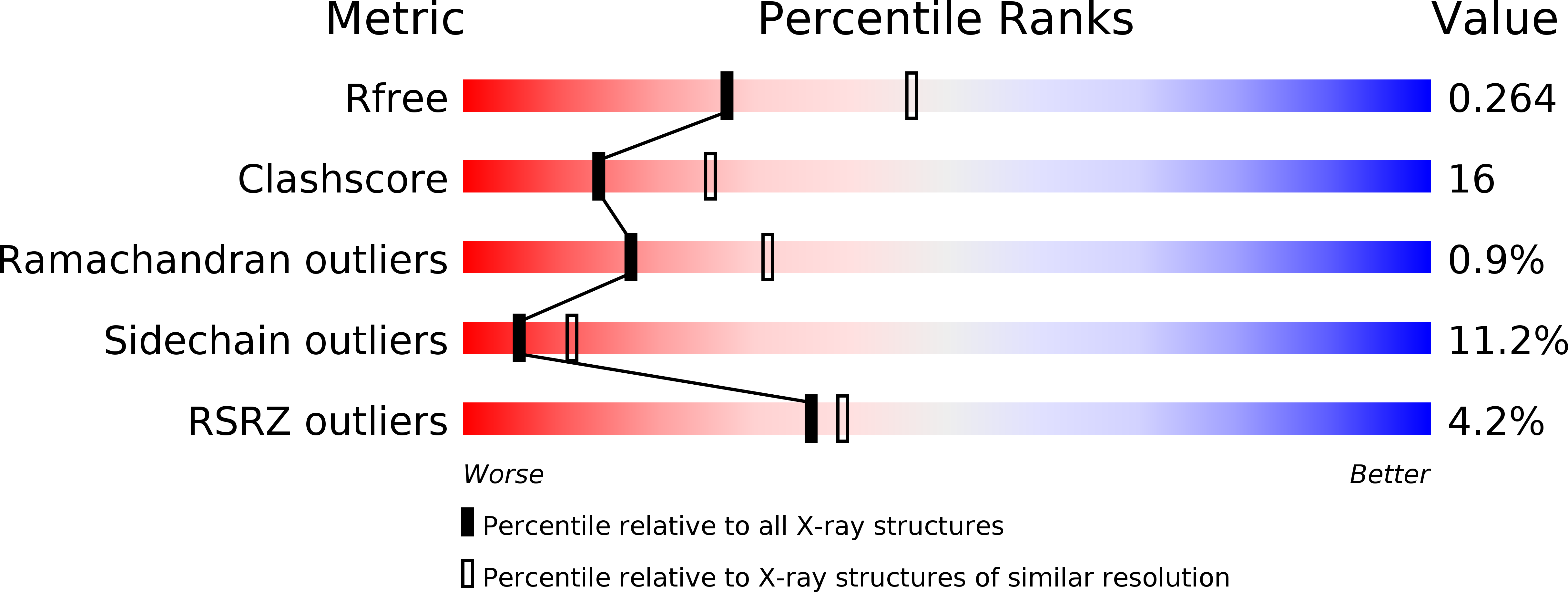
Deposition Date
2011-07-14
Release Date
2011-10-26
Last Version Date
2024-02-28
Entry Detail
PDB ID:
3SWN
Keywords:
Title:
Structure of the LSm657 Complex: An Assembly Intermediate of the LSm1 7 and LSm2 8 Rings
Biological Source:
Source Organism:
Schizosaccharomyces pombe (Taxon ID: 284812)
Host Organism:
Method Details:
Experimental Method:
Resolution:
2.50 Å
R-Value Free:
0.26
R-Value Work:
0.21
R-Value Observed:
0.22
Space Group:
P 1 21 1


